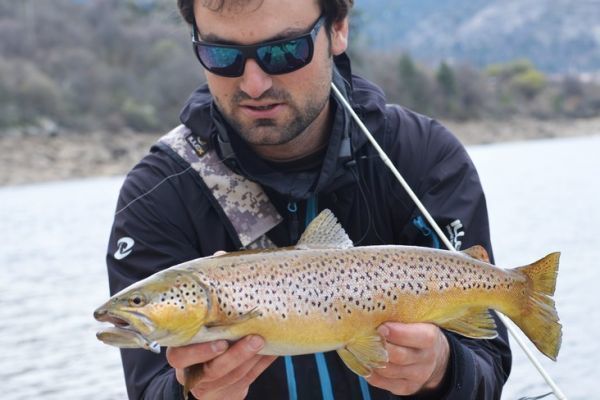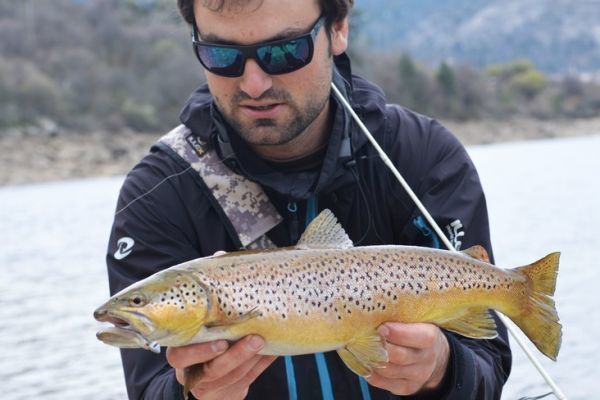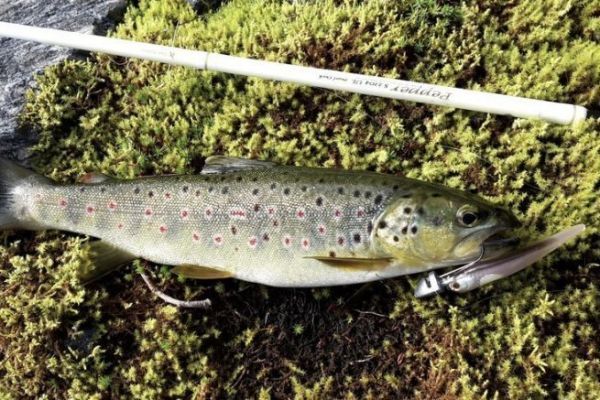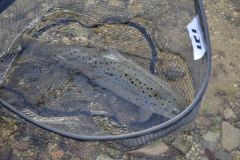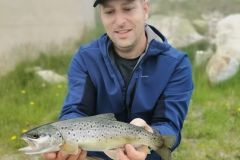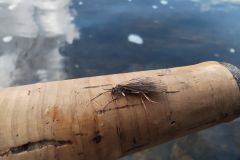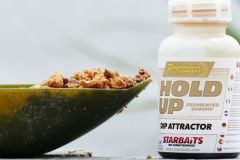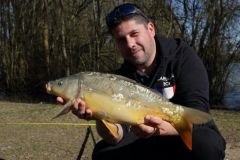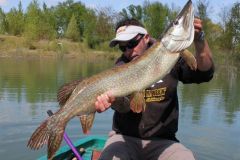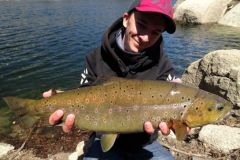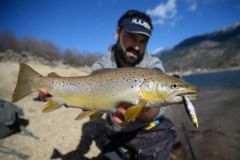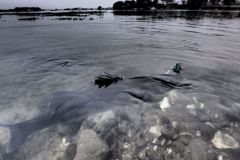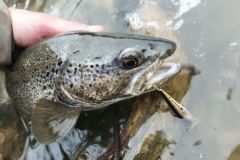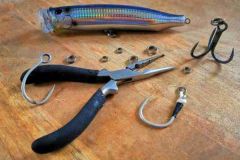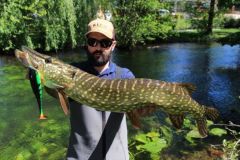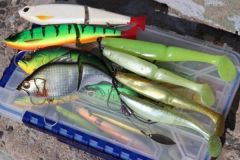I've been lure fishing for trout for many years. More recently, I've turned my attention to trout fishing with soft lures. It's an exciting and technical fishery with many facets and subtle variations. It's a practice almost in its own right, and just as advanced as stalking speckled trout with swimfish, whatever the purists say.
What is a finesse soft lure?
As the name suggests, a finesse soft lure is a slender, elongated lure ending in a straight tail, pin tail or split tail. Its silhouette is realistic and imitates a small fish or fry. Their cross-section is often round or oblong, or with a flat back, which gives the lure a lively swimming action. These lures are also known as "soft jerkbaits" or "soft minnows".
It's a lure that won't emit big vibrations like a shad or a comma, but will offer a different swimming action, more based on visual impact. This is another reason why it's called a finesse lure, as the approach is quite natural, subtle and fine, without excess vibrations.
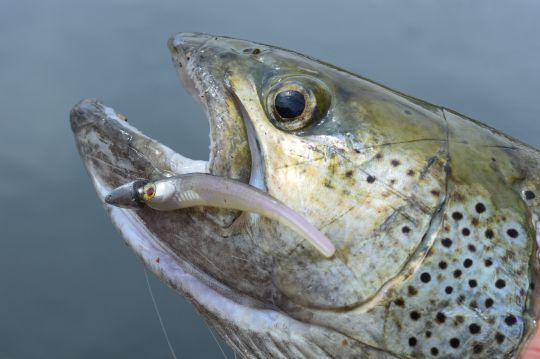
When jerked or twitched, the lure will even undulate almost imperceptibly, like a real fish propelling itself to swim. The fine tail of a finesse lure offers little resistance in the water, unlike a shad for example. This makes for fast, wide-ranging movements.
This is a soft lure fishing technique in its own right, quite different from shad or comma fishing. To use finesse soft lures, I use pointed lead heads, often used for darting perch.
These pointed jigheads, with their backward attachment, allow the lure to swim like a dart. Among the jig heads I've tested, the Straight Jig Head from Illex is particularly noteworthy, offering a very attractive swimming action and featuring a very sharp hook with a shape suited to specks.
Dart and twitch
Darting" is the term used to describe the large lateral deviations you impart to the lure by jerking or twitching, interspersed with a drop in line tension.
That's the secret of this technique: using jerky strokes of the rod to trigger attacks that other soft lures fail to do.
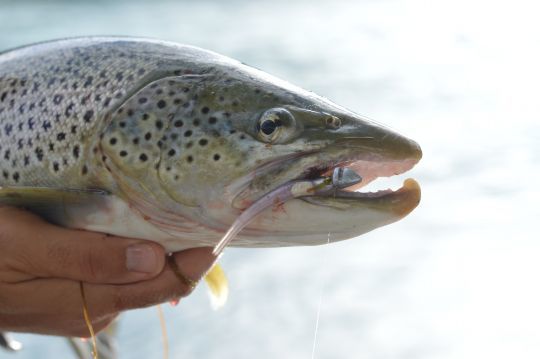
The soft lure twirls in all three dimensions, from back to front and top to bottom like all shad and comma soft lures, but also and above all from left to right.
These abrupt, sweeping and unpredictable movements give fine lures great visual presence without too much vibration, which puts off many an educated predator.
In addition, the finesse soft lures are very realistic and even more effective at thwarting the distrust of larger trout. They play on the trout's aggressive, predatory instincts. Darting should be interspersed with pauses where you simply hold the lure in suspension, banner half-held, rod high. In general, I alternate 2 to 5 darts with a pause of more or less one second, keeping the lure in the same layer of water without letting it sink.
This is often when the trout strike the lure. This pause is very important to me and a determining factor in fine lure fishing. The darting phase stimulates aggressiveness and makes the trout notice the lure, which then comes looking for it high up. The pause phase offers a feeding opportunity and the chance for a reflex attack on salmonids.
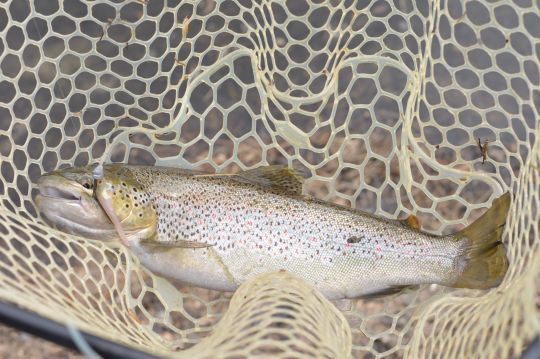
On several occasions, I had visual proof that this approach generated an almost mechanical interest in trout and often triggered at least one follow-up. This was particularly true when I alternated between soft shad lures and finesse lures. The finesse lures generated a lot of follow-ups and attacks, whereas when my shad passed by, the salmonids did not bat an eyelid, if at all.
Of course, shads are still very effective on trout and are complementary to finesse lures, especially on downstream fishing, but I find finesse lures really consistent and interesting in terms of number of hits and quality of fish caught. One of the other big advantages of using a finesse soft lure is that it selects big fish.
